Analysis of Electric Vehicles with an Economic Perspective for the Future Electric Market
Abstract
:1. Introduction
2. Electric Vehicle Market
- Electric vehicle.
- Hybrid electric vehicle.
- Plug-in hybrid electric vehicle.
Economic Impact of Electric Vehicles
3. Renewable Energy Impact on Electric Mobility
4. Impact on the EV Infrastructure
5. Analysis of Economic Impact with the EV Market
6. Conclusions
Funding
Data Availability Statement
Conflicts of Interest
Nomenclature
| ICE | Internal combustion engine |
| EV | Electric vehicles |
| HEV | Hybrid electric vehicle |
| mpg | Miles per gallon |
| Eg | Energy generation |
| Ef | Environmental factors |
References
- Banol Arias, N.; Hashemi, S.; Andersen, P.B.; Traeholt, C.; Romero, R. Distribution System Services Provided by Electric Vehicles: Recent Status, Challenges, and Future Prospects. IEEE Trans. Intell. Transp. Syst. 2019, 20, 4277–4296. [Google Scholar] [CrossRef] [Green Version]
- Zhang, X.; Chan, K.W.; Yang, X.; Zhou, Y.; Ye, K.; Wang, G. A comparison study on electric vehicle growth forecasting based on grey system theory and NAR neural network. In Proceedings of the 2016 IEEE Interntional Conference Smart Grid Communications (SmartGridComm), Sydney, NSW, Australia, 6–9 November 2016; pp. 711–715. [Google Scholar] [CrossRef]
- Zeng, X.; Wang, J. Optimizing the Energy Management Strategy for Plug-In Hybrid Electric Vehicles with Multiple Frequent Routes. IEEE Trans. Control Syst. Technol. 2019, 27, 394–400. [Google Scholar] [CrossRef]
- Ramadan, H.; Ali, A.; Nour, M.; Farkas, C. Smart Charging and Discharging of Plug-in Electric Vehicles for Peak Shaving and Valley Filling of the Grid Power. In Proceedings of the 2018 Twentieth International Middle East Power Systems Conference (MEPCON), Cairo, Egypt, 18–20 December 2018; pp. 735–739. [Google Scholar] [CrossRef]
- Gruosso, G. Optimization and management of energy power flow in hybrid electrical vehicles. In Proceedings of the 5th IET Hybrid and Electric Vehicles Conference (HEVC 2014), London, UK, 5–6 November 2014; p. 10. [Google Scholar] [CrossRef]
- Grewal, K.S.; Darnell, P.M. Model-based EV range prediction for electric hybrid vehicles. In Proceedings of the IET Hybrid and Electric Vehicles Conference 2013 (HEVC 2013), London, UK, 6–7 November 2013; pp. 1–6. [Google Scholar] [CrossRef]
- Saleki, A.; Rezazade, S.; Changizian, M. Analysis and simulation of hybrid electric vehicles for sedan vehicle. In Proceedings of the 2017 Iranian Conference on Electrical Engineering (ICEE), Tehran, Iran, 2–4 May 2017; pp. 1412–1416. [Google Scholar] [CrossRef]
- Yaich, M.; Hachicha, M.R.; Ghariani, M. Modeling and simulation of electric and hybrid vehicles for recreational vehicle. In Proceedings of the 2015 16th International Conference on Sciences and Techniques of Automatic Control and Computer Engineering (STA), Monastir, Tunisia, 21–23 December 2015; pp. 181–187. [Google Scholar] [CrossRef]
- Ciceo, S.; Mollet, Y.; Sarrazin, M.; Gyselinck, J.; Van Der Auweraer, H.; Martis, C. Model-based design and testing for electric vehicle driveability analysis. In Proceedings of the 2016 IEEE 16th International Conference on Environment and Electrical Engineering (EEEIC), Florence, Italy, 7–10 June 2016; pp. 2–5. [Google Scholar] [CrossRef] [Green Version]
- Huang, T.; Wang, J. Research on charging and discharging control strategy of electric vehicles and its economic benefit in microgrid. In Proceedings of the 2016 IEEE International Conference on Power and Renewable Energy (ICPRE), Shanghai, China, 21–23 October 2016; pp. 518–522. [Google Scholar] [CrossRef]
- Cortezón, I.A.; Borrull, R.S.; Lopez, A.Q. The impact of Fully Electric Vehicles demand in the spot market. In Proceedings of the 11th International Conference on the European Energy Market (EEM14), Krakow, Poland, 28–30 May 2014; pp. 1–5. [Google Scholar] [CrossRef]
- De Oliveira-De Jesus, P.M.; Antunes, C.H. Economic valuation of smart grid investments on electricity markets. Sustain. Energy Grids Netw. 2018, 16, 70–90. [Google Scholar] [CrossRef]
- Rahman, S.A.; Zhang, N.; Zhu, J. A comparison on fuel economy and emissions for conventional hybrid electric vehicles and the UTS plug-in hybrid electric vehicle. In Proceedings of the 2nd International Conference on Computer and Automation Engineering (ICCAE), Singapore, 26–28 February 2010; pp. 20–25. [Google Scholar] [CrossRef]
- Chen, B.; Evangelou, S.A.; Lot, R. Fuel efficiency optimization methodologies for series hybrid electric vehicles. In Proceedings of the 2018 IEEE Vehicle Power and Propulsion Conference (VPPC), Chicago, IL, USA, 27–30 August 2018; pp. 1–6. [Google Scholar] [CrossRef] [Green Version]
- Shemami, M.S.; Amrr, S.M.; Alam, M.S.; Asghar, M.S.J. Reliable and Economy Modes of Operation for Electric Vehicle-to-Home (V2H) System. In Proceedings of the 2018 5th IEEE Uttar Pradesh Section International Conference on Electrical, Electronics and Computer Engineering (UPCON), Gorakhpur, India, 2–4 November 2018; pp. 1–6. [Google Scholar] [CrossRef]
- Hu, X.; Wang, K.; Liu, X.; Sun, Y.; Li, P.; Guo, S. Energy Management for EV Charging in Software-Defined Green Vehicle-to-Grid Network. IEEE Commun. Mag. 2018, 56, 156–163. [Google Scholar] [CrossRef]
- Garcia-Trivino, P.; Torreglosa, J.P.; Fernandez-Ramirez, L.M.; Jurado, F. Decentralized Fuzzy Logic Control of Microgrid for Electric Vehicle Charging Station. IEEE J. Emerg. Sel. Top. Power Electron. 2018, 6, 726–737. [Google Scholar] [CrossRef]
- Masrur, M.A.; Skowronska, A.G.; Hancock, J.; Kolhoff, S.W.; McGrew, D.Z.; Vandiver, J.C.; Gatherer, J. Military-Based Vehicle-to-Grid and Vehicle-to-Vehicle Microgrid—System Architecture and Implementation. IEEE Trans. Transp. Electrif. 2017, 4, 157–171. [Google Scholar] [CrossRef]
- Mude, K.N. Battery charging method for electric vehicles: From wired to on-road wireless charging. Chin. J. Electr. Eng. 2018, 4, 1–15. [Google Scholar] [CrossRef]
- Platt, J.; Moehle, N.; Fox, J.D.; Dally, W. Optimal Operation of a Plug-In Hybrid Vehicle. IEEE Trans. Veh. Technol. 2018, 67, 10366–10377. [Google Scholar] [CrossRef]
- Martins, J.F.; Pires, V.F.; Gomes, L.; Dias, O.P. Plug-in electric vehicles integration with renewable energy building facility—Building/vehicle interface. In Proceedings of the 2009 International Conference on Power Engineering, Energy and Electrical Drives, Lisbon, Portugal, 18–20 March 2009; pp. 202–205. [Google Scholar] [CrossRef]
- Dai, J.; Dong, M.; Ye, R.; Ma, A.; Yang, W. A review on electric vehicles and renewable energy synergies in smart grid. In Proceedings of the 2016 China International Conference on Electricity Distribution (CICED), Xi’an, China, 10–13 August 2016; pp. 10–13. [Google Scholar] [CrossRef]
- De Quevedo, P.M.; Munoz-Delgado, G.; Contreras, J. Impact of Electric Vehicles on the Expansion Planning of Distribution Systems Considering Renewable Energy, Storage, and Charging Stations. IEEE Trans. Smart Grid 2019, 10, 794–804. [Google Scholar] [CrossRef]
- Jhunjhunwala, A.; Kaur, P. Solar energy, dc distribution, and microgrids: Ensuring quality power in Rural India. IEEE Electrif. Mag. 2018, 6, 32–39. [Google Scholar] [CrossRef]
- Hafiz, F.; De Queiroz, A.R.; Husain, I. Solar generation, storage, and electric vehicles in power grids: Challenges and solutions with coordinated control at the residential level. IEEE Electrif. Mag. 2018, 6, 83–90. [Google Scholar] [CrossRef]
- Sausen, J.P.; Binelo, D.F.B.; Campos, M.D.; Sausen, A.T.Z.R.M.; Sausen, P.S. Economic feasibility study of using an electric vehicle and photovoltaic microgeneration in a smart home. IEEE Lat. Am. Trans. 2018, 16, 1907–1913. [Google Scholar] [CrossRef]
- Naghibi, B.; Masoum, M.A.S.; Deilami, S. Effects of V2H Integration on Optimal Sizing of Renewable Resources in Smart Home Based on Monte Carlo Simulations. IEEE Power Energy Technol. Syst. J. 2018, 5, 73–84. [Google Scholar] [CrossRef]
- Mai, T.; Steinberg, D.; Logan, J.; Bielen, D.; Eurek, K.; McMillan, C. An electrified future: Initial scenarios and future research for U.S. Energy and electricity systems. IEEE Power Energy Mag. 2018, 16, 34–47. [Google Scholar] [CrossRef]
- Sahoo, S.; Prakash, S.; Mishra, S. Handshaking V2G strategy for grid connected PV assisted charging station. IET Renew. Power Gener. 2017, 11, 1410–1417. [Google Scholar] [CrossRef]
- Ugirumurera, J.; Haas, Z.J. Optimal Capacity Sizing for Completely Green Charging Systems for Electric Vehicles. IEEE Trans. Transp. Electrif. 2017, 3, 565–577. [Google Scholar] [CrossRef]
- Zhou, Z.; Sun, C.; Shi, R.; Chang, Z.; Zhou, S.; Li, Y. Robust Energy Scheduling in Vehicle-To-Grid Networks. IEEE Netw. 2017, 31, 30–37. [Google Scholar] [CrossRef]
- Wu, D.; Zeng, H.; Lu, C.; Boulet, B. Two-Stage Energy Management for Office Buildings with Workplace EV Charging and Renewable Energy. IEEE Trans. Transp. Electrif. 2017, 3, 225–237. [Google Scholar] [CrossRef]
- Lam, A.Y.S.; Leung, K.C.; Li, V.O.K. Vehicular energy network. IEEE Trans. Transp. Electrif. 2017, 3, 392–404. [Google Scholar] [CrossRef] [Green Version]
- Alharbi, W.; Bhattacharya, K. Electric Vehicle Charging Facility as a Smart Energy Microhub. IEEE Trans. Sustain. Energy 2017, 8, 616–628. [Google Scholar] [CrossRef]
- Zhang, R.; Cheng, X.; Yang, L. Energy Management Framework for Electric Vehicles in the Smart Grid: A Three-Party Game. IEEE Commun. Mag. 2016, 54, 93–101. [Google Scholar] [CrossRef]
- Darabi, Z.; Ferdowsi, M. Impact of plug-in hybrid electric vehicles on electricity demand profile. In Smart Power Grids 2011; Springer: Berlin/Heidelberg, Germany, 2012; pp. 319–349. [Google Scholar]
- Kong, P.Y.; Karagiannidis, G.K. Charging Schemes for Plug-In Hybrid Electric Vehicles in Smart Grid: A Survey. IEEE Access 2016, 4, 6846–6875. [Google Scholar] [CrossRef]
- Guo, Y.; Xiong, J.; Xu, S.; Su, W. Two-Stage Economic Operation of Microgrid-Like Electric Vehicle Parking Deck. IEEE Trans. Smart Grid 2016, 7, 1703–1712. [Google Scholar] [CrossRef]
- Jeong, S.; Jang, Y.J.; Kum, D. Economic Analysis of the Dynamic Charging Electric Vehicle. IEEE Trans. Power Electron. 2015, 30, 6368–6377. [Google Scholar] [CrossRef]
- Nguyen, H.N.T.; Zhang, C.; Mahmud, M.A. Optimal Coordination of G2V and V2G to Support Power Grids with High Penetration of Renewable Energy. IEEE Trans. Transp. Electrif. 2015, 1, 188–195. [Google Scholar] [CrossRef]
- Vithayasrichareon, P.; Mills, G.; Macgill, I.F. Impact of electric vehicles and solar pv on future generation portfolio investment. IEEE Trans. Sustain. Energy 2015, 6, 899–908. [Google Scholar] [CrossRef]
- Rigas, E.S.; Ramchurn, S.D.; Bassiliades, N. Managing Electric Vehicles in the Smart Grid Using Artificial Intelligence: A Survey. IEEE Trans. Intell. Transp. Syst. 2015, 16, 1619–1635. [Google Scholar] [CrossRef]
- Gholami, A.; Ansari, J.; Jamei, M.; Kazemi, A. Environmental/economic dispatch incorporating renewable energy sources and plug-in vehicles. IET Gener. Transm. Distrib. 2014, 8, 2183–2198. [Google Scholar] [CrossRef]
- Verhelst, S. Future vehicles will be driven by electricity, but not as you think [Point of View]. Proc. IEEE 2014, 102, 1399–1403. [Google Scholar] [CrossRef] [Green Version]
- Ma, T.; Mohammed, O.A. Economic analysis of real-time large-scale pevs network power flow control algorithm with the consideration of V2G services. IEEE Trans. Ind. Appl. 2014, 50, 4272–4280. [Google Scholar] [CrossRef]
- Faria, R.; Moura, P.; Delgado, J.; De Almeida, A.T. Managing the charging of electrical vehicles: Impacts on the electrical grid and on the environment. IEEE Intell. Transp. Syst. Mag. 2014, 6, 54–65. [Google Scholar] [CrossRef]
- Jin, C.; Sheng, X.; Ghosh, P. Optimized electric vehicle charging with intermittent renewable energy sources. IEEE J. Sel. Top. Signal Process. 2014, 8, 1063–1072. [Google Scholar] [CrossRef]
- Zhang, M.; Chen, J. The energy management and optimized operation of electric vehicles based on microgrid. IEEE Trans. Power Deliv. 2014, 29, 1427–1435. [Google Scholar] [CrossRef]
- Gao, S.; Chau, K.T.; Liu, C.; Wu, D.; Chan, C.C. Integrated energy management of plug-in electric vehicles in power grid with renewables. IEEE Trans. Veh. Technol. 2014, 63, 3019–3027. [Google Scholar] [CrossRef] [Green Version]
- Egardt, B.; Murgovski, N.; Pourabdollah, M.; Mardh, L.J. Electromobility Studies Based on Convex Optimization. IEEE Control Syst. Mag. 2014, 34, 32–49. [Google Scholar]
- Hu, J.; You, S.; Lind, M.; Østergaard, J. Coordinated charging of electric vehicles for congestion prevention in the distribution grid. IEEE Trans. Smart Grid 2014, 5, 703–711. [Google Scholar] [CrossRef] [Green Version]
- Liu, B.C.; Ieee, M.; Chau, K.T.; Ieee, F.; Wu, D.; Ieee, S.M. Opportunities and Challenges of Vehicle-to-Home, Vehicle-to-Grid Technologies. Proc. IEEE 2013, 101, 2409–2427. [Google Scholar] [CrossRef] [Green Version]
- Boglou, V.; Karavas, C.S.; Karlis, A.; Arvanitis, K. An intelligent decentralized energy management strategy for the optimal electric vehicles’ charging in low-voltage islanded microgrids. Int. J. Energy Res. 2022, 46, 2988–3016. [Google Scholar] [CrossRef]
- Boglou, V.; Karavas, C.S.; Arvanitis, K.; Karlis, A. A fuzzy energy management strategy for the coordination of electric vehicle charging in low voltage distribution grids. Energies 2020, 13, 3709. [Google Scholar] [CrossRef]
- Martinenas, S.; Knezović, K.; Marinelli, M. Management of power quality issues in low voltage networks using electric vehicles: Experimental validation. IEEE Trans. Power Deliv. 2016, 32, 971–979. [Google Scholar] [CrossRef] [Green Version]
- Draz, M.; Voß, M.; Freund, D.; Albayrak, S. The impact of electric vehicles on low voltage grids: A case study of berlin. In Proceedings of the 2018 Power Systems Computation Conference (PSCC), Dublin, Ireland, 11–15 June 2018; pp. 1–7. [Google Scholar]
- Cao, C.; Wang, L.; Chen, B. Mitigation of the impact of high plug-in electric vehicle penetration on residential distribution grid using smart charging strategies. Energies 2016, 9, 1024. [Google Scholar] [CrossRef] [Green Version]
- Xiong, R.; Cao, J.; Yu, Q.; He, H.; Sun, F. Critical Review on the Battery State of Charge Estimation Methods for Electric Vehicles. IEEE Access 2017, 6, 1832–1843. [Google Scholar] [CrossRef]
- Thananusak, T.; Punnakitikashem, P.; Tanthasith, S.; Kongarchapatara, B. The development of electric vehicle charging stations in Thailand: Policies, players, and key issues (2015–2020). World Electr. Veh. J. 2020, 12, 2. [Google Scholar] [CrossRef]
- Noel, L.; de Rubens, G.Z.; Kester, J.; Sovacool, B.K. Understanding the socio-technical nexus of Nordic electric vehicle (EV) barriers: A qualitative discussion of range, price, charging and knowledge. Energy Policy 2020, 138, 111292. [Google Scholar] [CrossRef]
- Guo, J.; Zhang, X.; Gu, F.; Zhang, H.; Fan, Y. Does air pollution stimulate electric vehicle sales? Empirical evidence from twenty major cities in China. J. Clean. Prod. 2020, 249, 119372. [Google Scholar] [CrossRef]
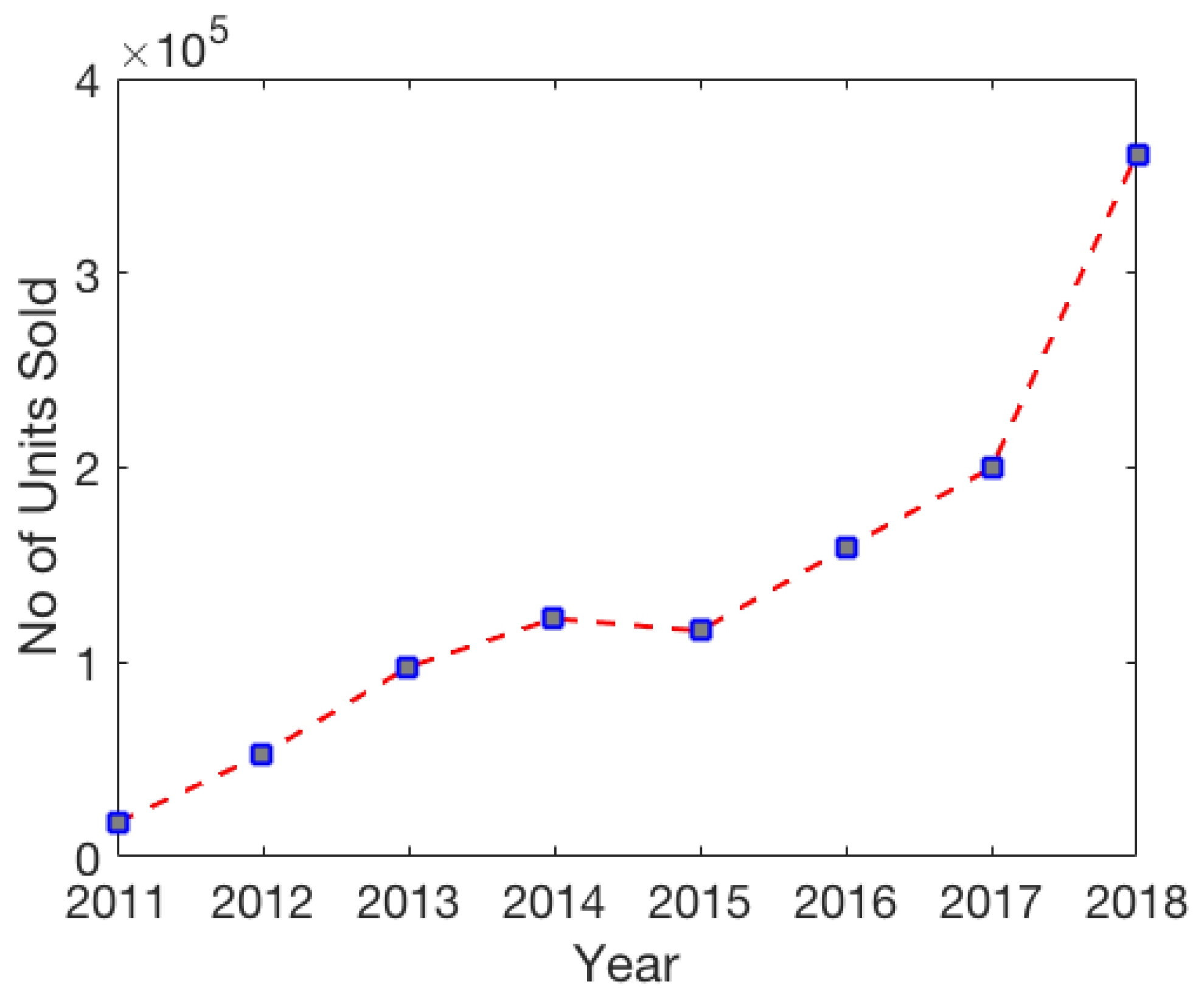

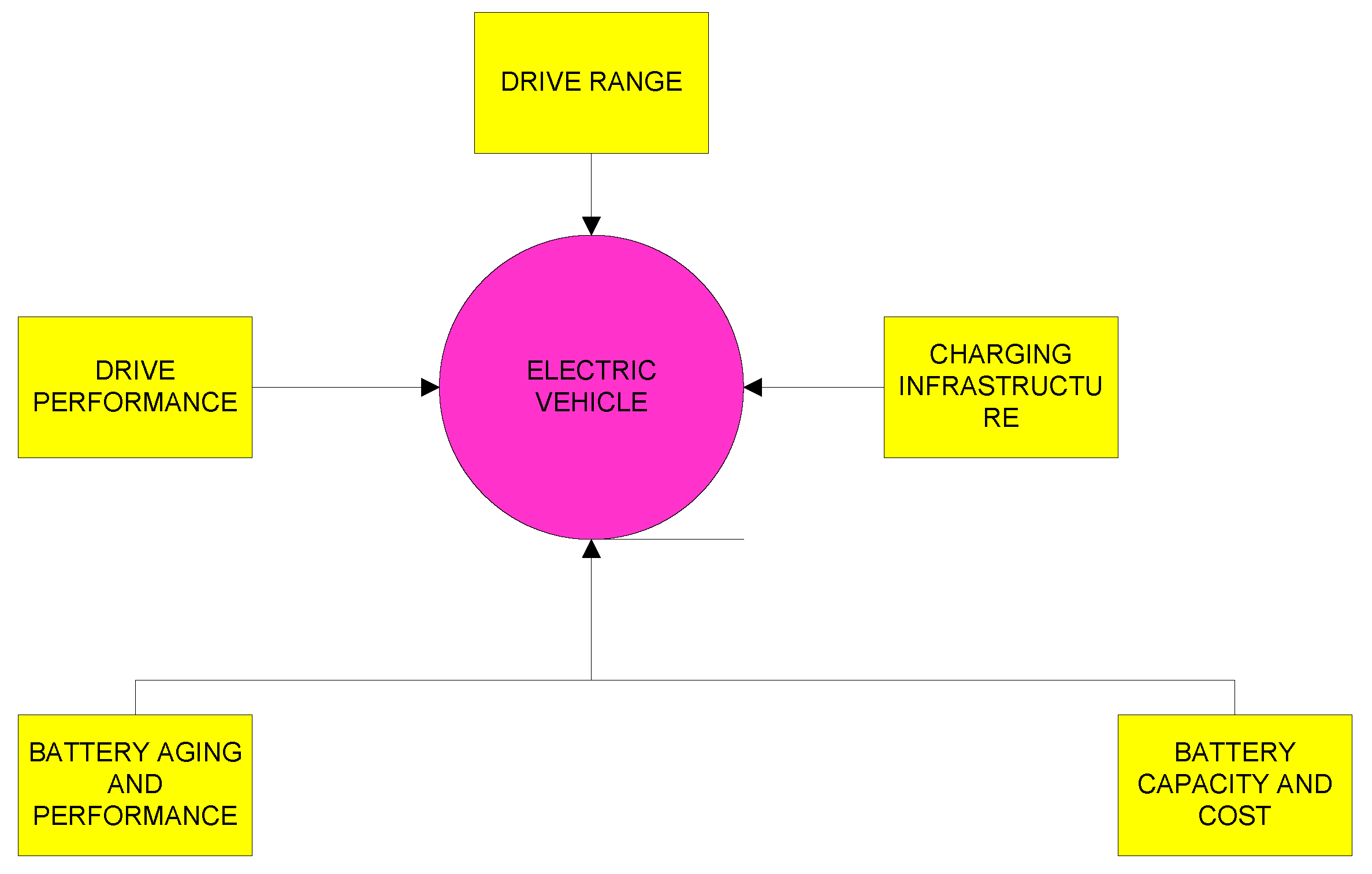
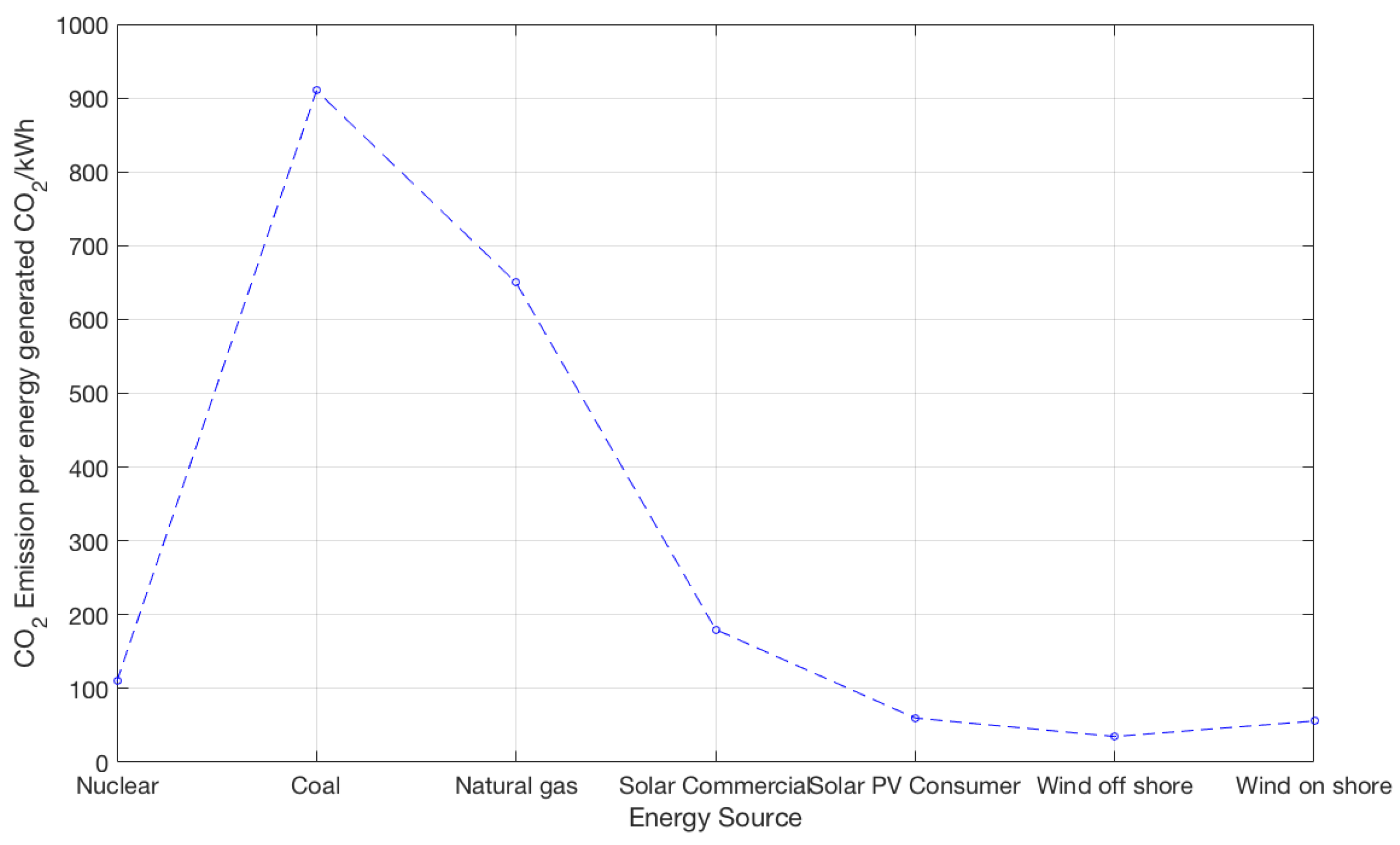
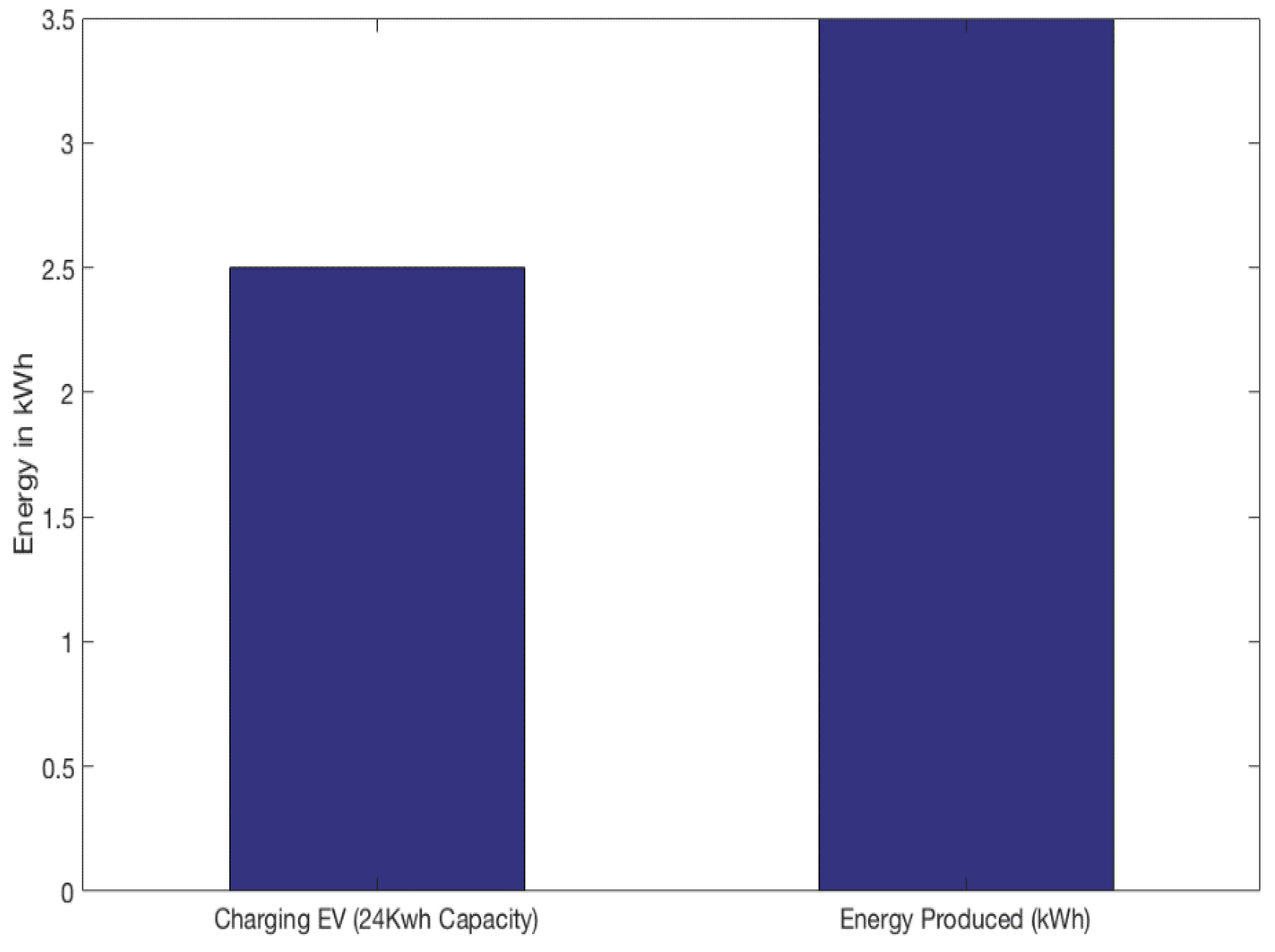
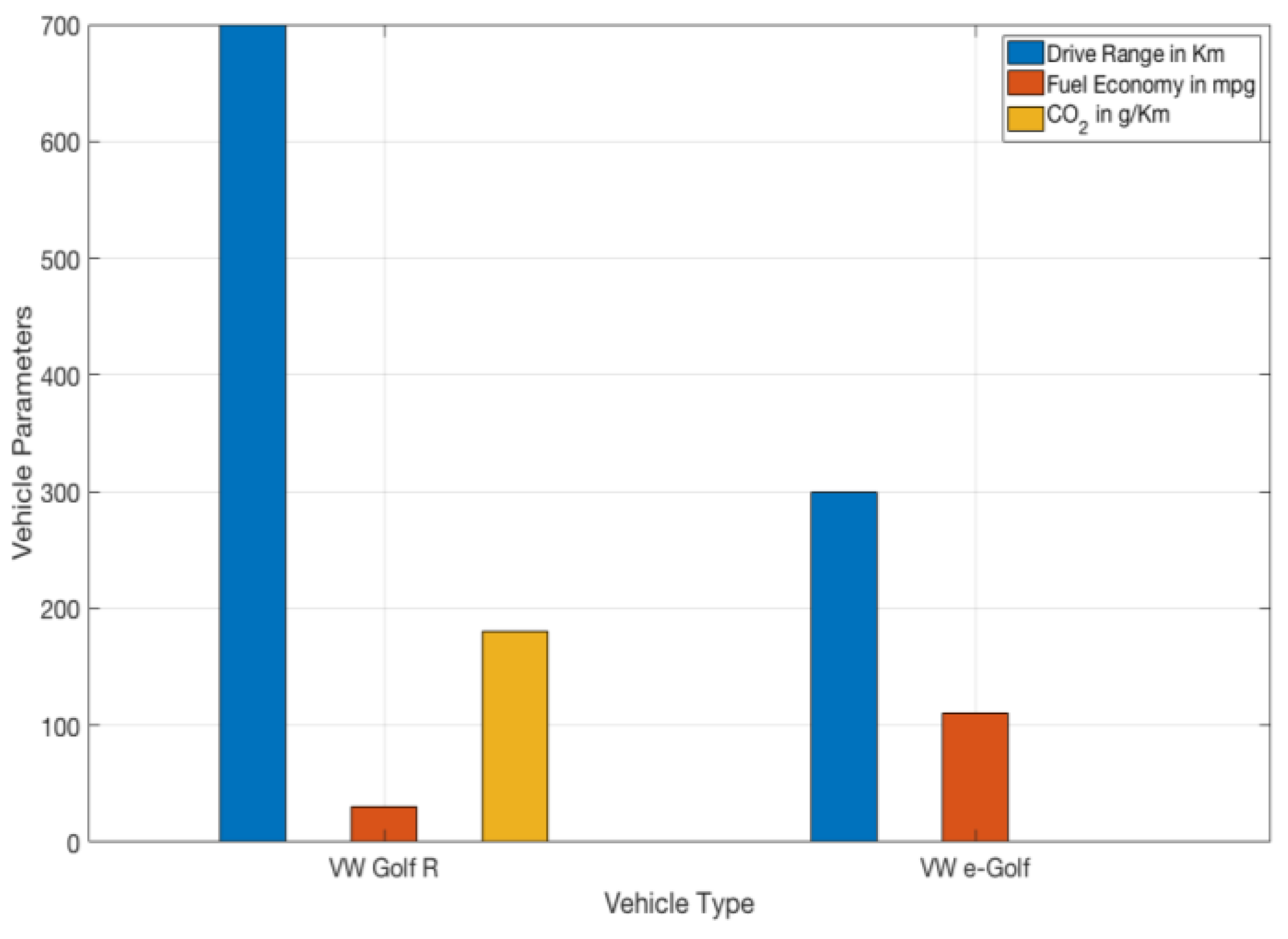



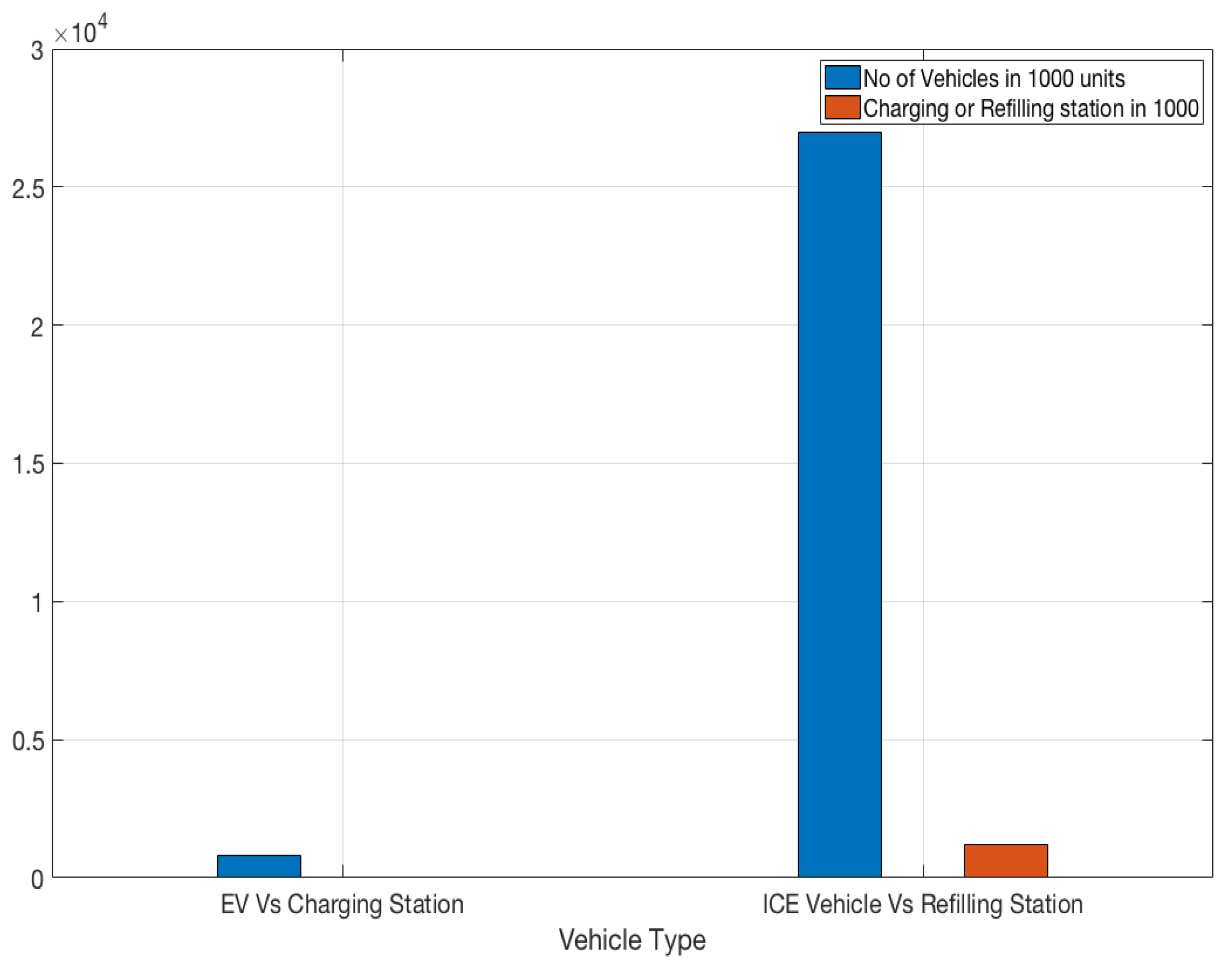
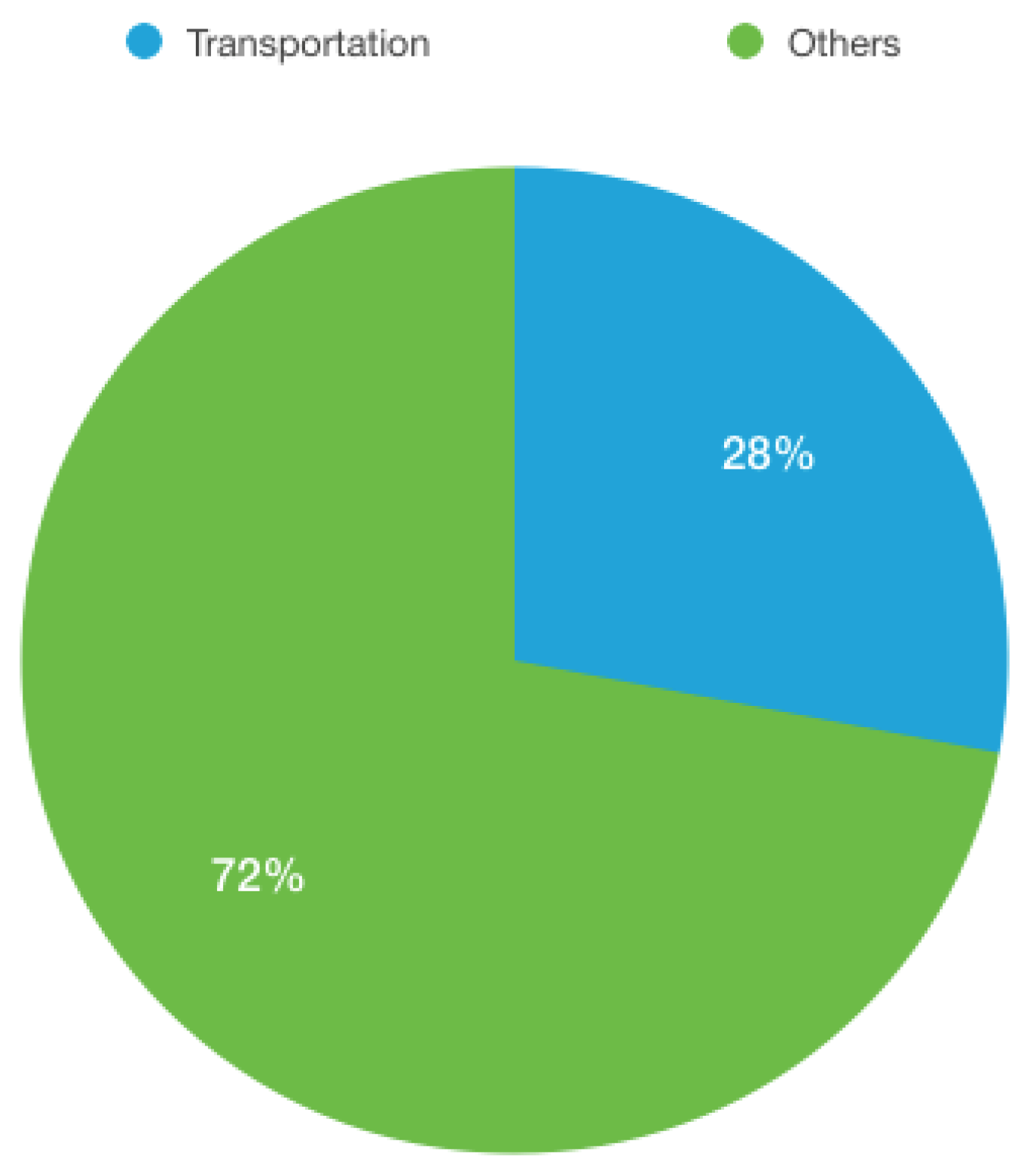
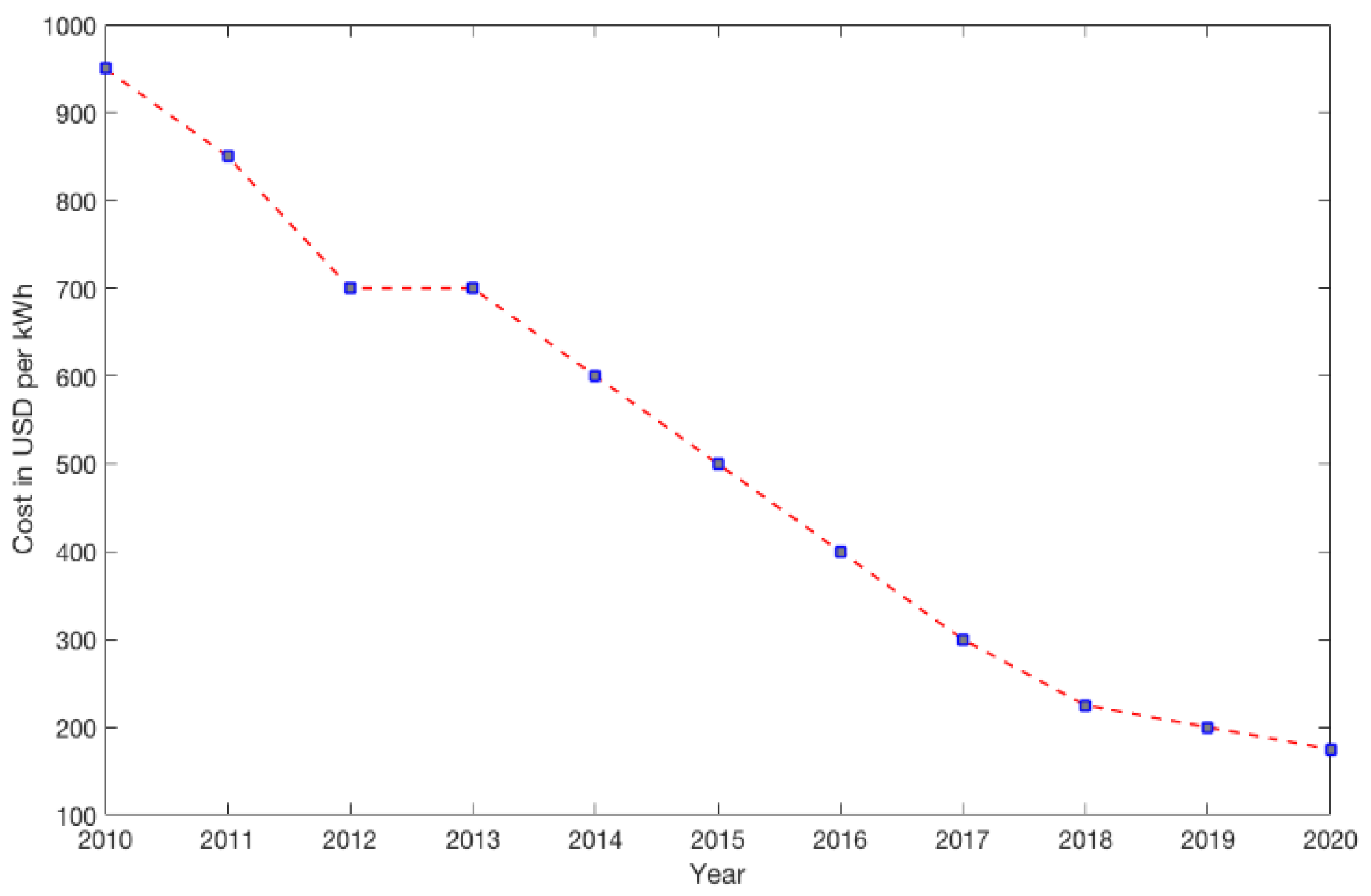
| ICE | HEV | |||||
|---|---|---|---|---|---|---|
| Parameter | Toyota Camry | Audi A3 | Honda Accord Sport | Toyota Camry Hybrid | Audi A3 E-Tron | Honda Accord Hybrid Sport |
| Fuel capacity (liters) | 50 | 50 | 56 | 50 | 54.8 | 48.4 |
| Fuel efficiency (Kmpl) | 17.4 | 19.2 | 13.6 | 22.5 | 30 | 18.2 |
| Parameter | Hybrid EV | Plug-In Hybrid EV | ||||
|---|---|---|---|---|---|---|
| Toyota Prius | Audi A7 Quattro | BMW 7 Series | Toyota Prius Prime | Audi A7 Quattro | BMW 7 Series | |
| Cost in USD ($) | 24,525 | 73,000 | 86,800 | 28,220 | 75,900 | 95,900 |
| Fuel efficiency in mpg (miles per gallon) | 52 | 24 | 19 | 54 | 29 | 22 |
| CO2 emission level from vehicle (g/Km) | 106 | 48 | 54 | 80 | 40 | 46 |
| Model | Battery Capacity (kwh) | Drive Range (km) | Top Speed (kmh) | Price USD (EUR) |
|---|---|---|---|---|
| Audi e-tron | 95 | 402 | 199 | 69,975 |
| BMW i3 | 42.2 | 246 | 149 | 41,582 |
| Chevrolet Bolt EV | 60 | 383 | 144 | 34,258 |
| Fiat 500 e | 24 | 135 | 136 | 30,866 |
| Tesla Model X | 100 | 465 | 249 | 128,163 |
| VW e-Golf | 35.8 | 201 | 149 | 29,837 |
| Nissan LEAF | 40 | 241 | 144 | 28,055 |
| Jaguar iPACE | 90 | 376 | 199 | 65,017 |
| Kia Soul EV | 30 | 176 | - | 31,760 |
| Parameter | ICE | BEV | ||||
|---|---|---|---|---|---|---|
| VW Golf R | Hyundai Venue | Nissan Altima | VW e-Golf | Hyundai Kona | Nissan Leaf | |
| Fuel economy in mpg (miles per gallon) | 30 | 23 | 28 | 111 | 120 | 114 |
| Range in km | 702 | 1066 | 630 | 300 | 452 | 226 |
| CO2 emissions in g/km | 163 | 170 | 300 | 0 | 0 | 0 |
| Price in USD ($) | 31,315 | 18,900 | 24,900 | 38,895 | 21,150 | 27,400 |
| Type of Vehicle | Approximate No. of Vehicles in 1000 Units | Gas Station or Charging Station Availability (Value in 1000 Units) |
|---|---|---|
| Internal combustion Engine | 270,000 | 1200 |
| Electric vehicles | 794 | 484 |
| Price Parameters | ICE Vehicles | Electric Vehicles |
|---|---|---|
| Cost in USD | 23,245 | 29,500 |
| Fuel/electric cost over 5 years in USD | 8218 | 2818 |
| US Govt Tax credit in USD | 0 | −4543 |
| NY City Clean Rebate in USD | 0 | −1100 |
| Average maintenance cost in the first 5 years in USD | 355 | 120 |
| Total cost over 5 years period in USD | 31,818 | 26,795 |
Publisher’s Note: MDPI stays neutral with regard to jurisdictional claims in published maps and institutional affiliations. |
© 2022 by the authors. Licensee MDPI, Basel, Switzerland. This article is an open access article distributed under the terms and conditions of the Creative Commons Attribution (CC BY) license (https://creativecommons.org/licenses/by/4.0/).
Share and Cite
S, S.R.; Venugopal, P.; V, R.; Haes Alhelou, H.; Al-Hinai, A.; Siano, P. Analysis of Electric Vehicles with an Economic Perspective for the Future Electric Market. Future Internet 2022, 14, 172. https://doi.org/10.3390/fi14060172
S SR, Venugopal P, V R, Haes Alhelou H, Al-Hinai A, Siano P. Analysis of Electric Vehicles with an Economic Perspective for the Future Electric Market. Future Internet. 2022; 14(6):172. https://doi.org/10.3390/fi14060172
Chicago/Turabian StyleS, Sofana Reka, Prakash Venugopal, Ravi V, Hassan Haes Alhelou, Amer Al-Hinai, and Pierluigi Siano. 2022. "Analysis of Electric Vehicles with an Economic Perspective for the Future Electric Market" Future Internet 14, no. 6: 172. https://doi.org/10.3390/fi14060172
APA StyleS, S. R., Venugopal, P., V, R., Haes Alhelou, H., Al-Hinai, A., & Siano, P. (2022). Analysis of Electric Vehicles with an Economic Perspective for the Future Electric Market. Future Internet, 14(6), 172. https://doi.org/10.3390/fi14060172








